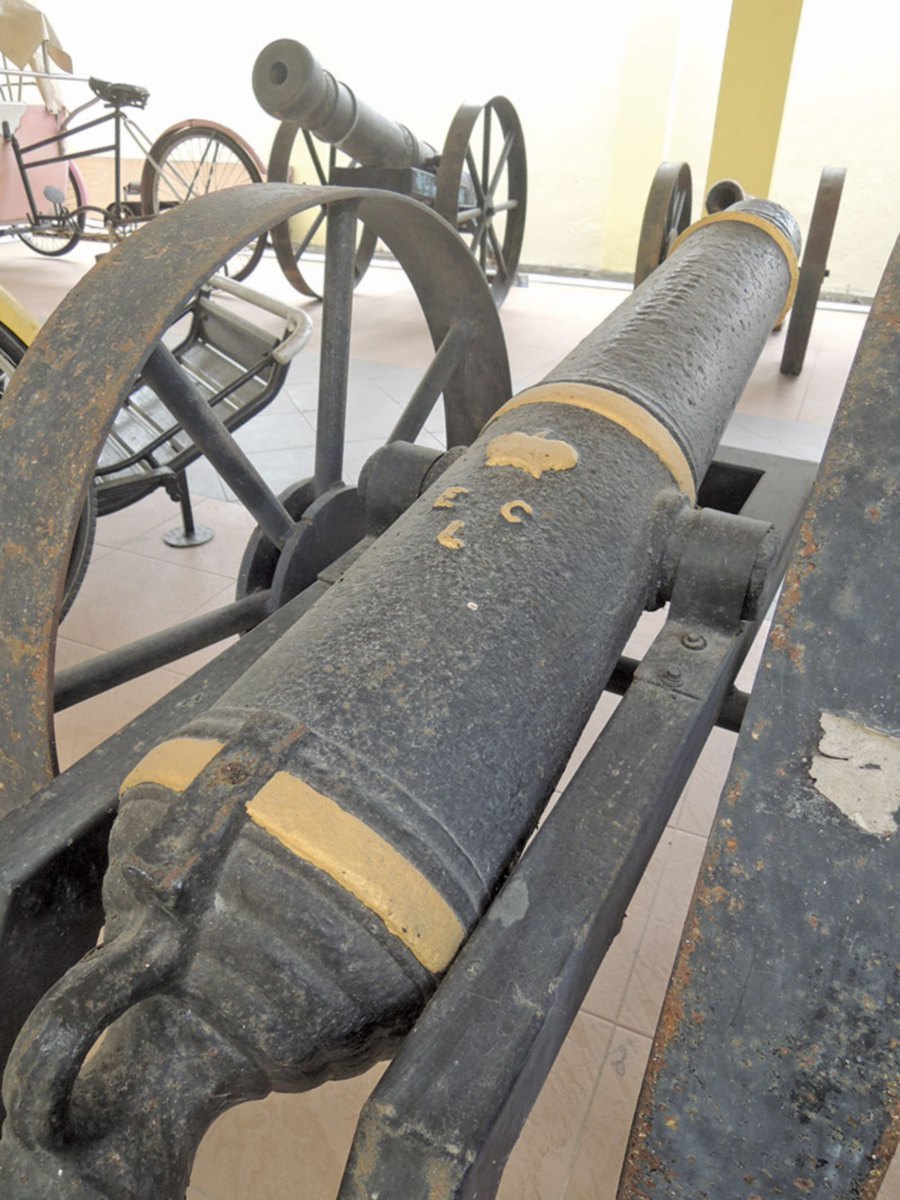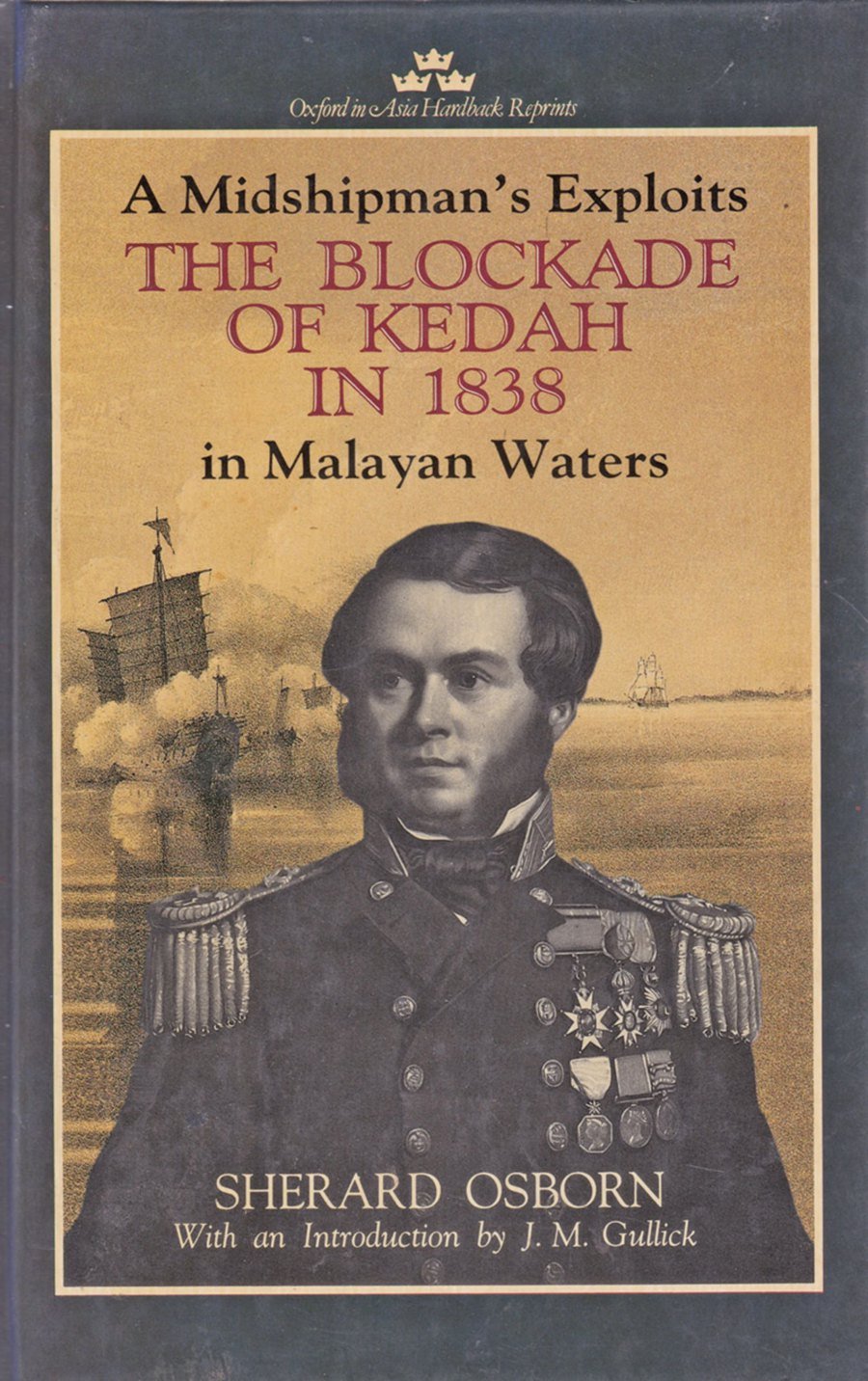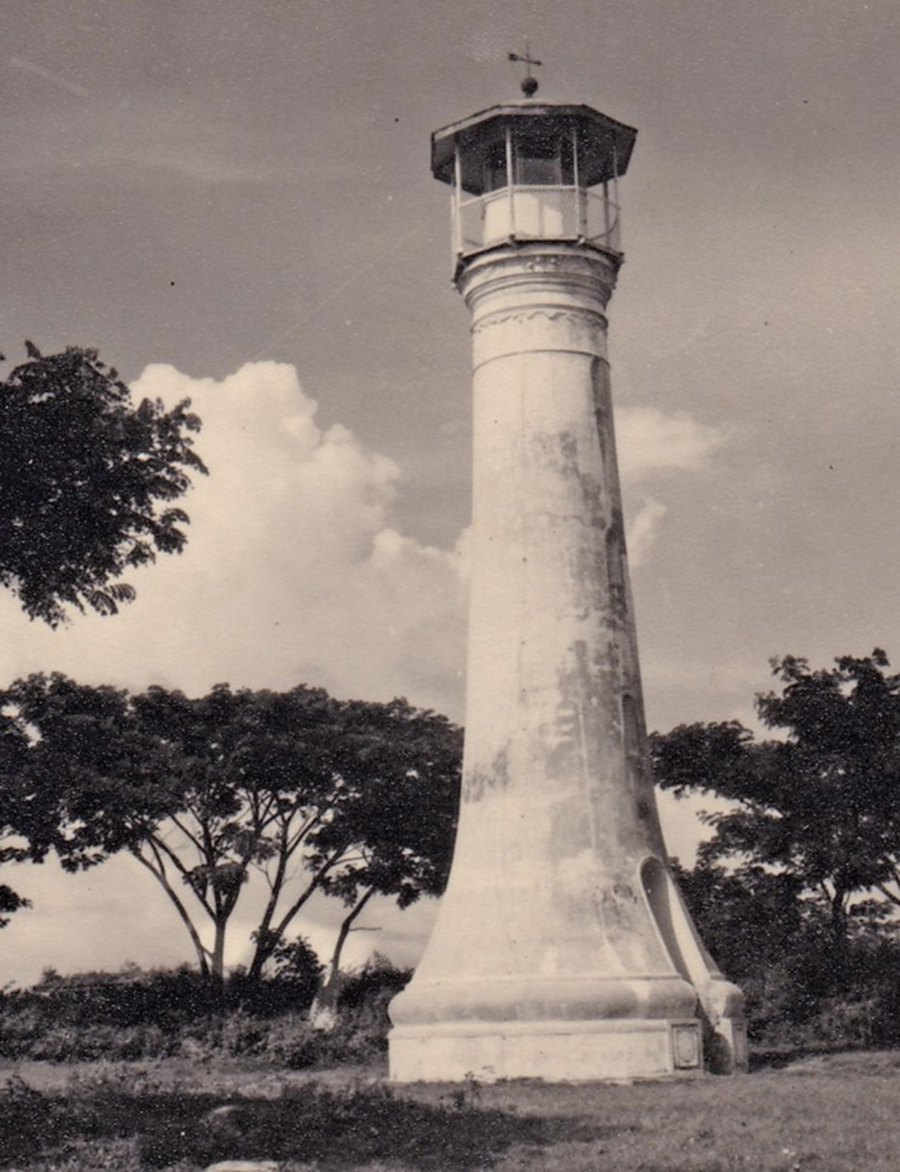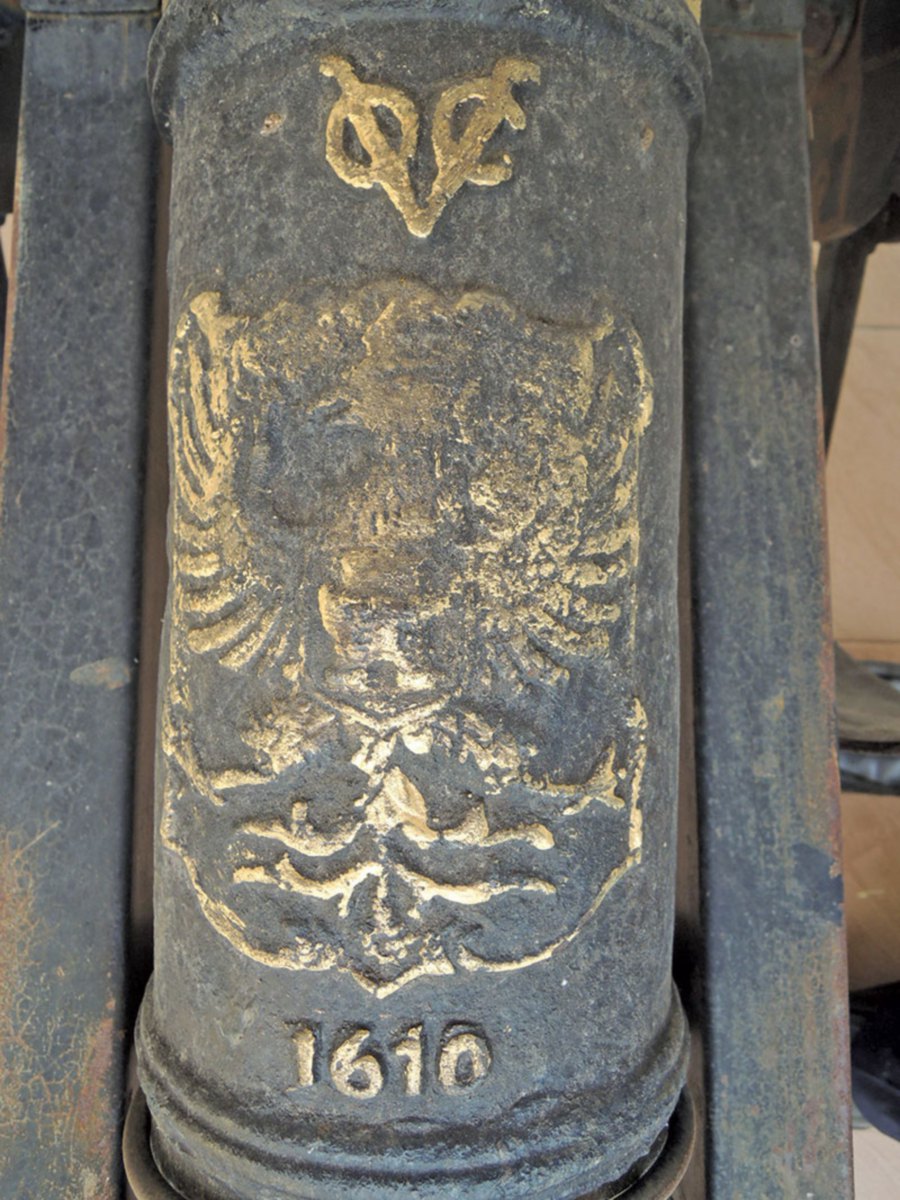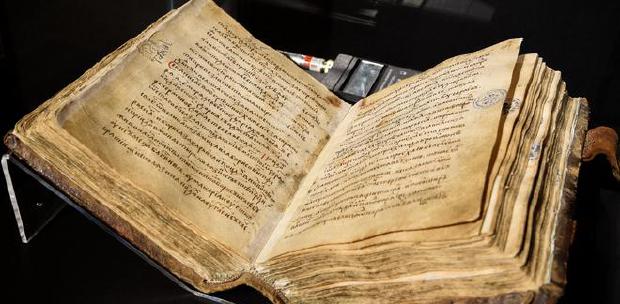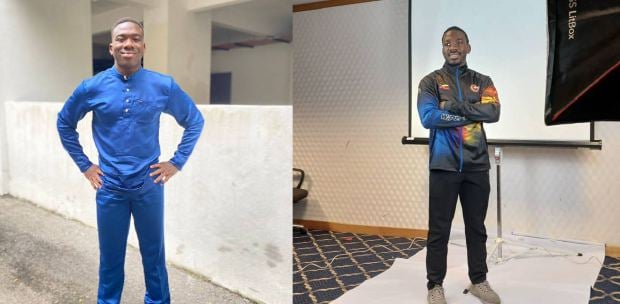THE evening mist is extraordinarily thick. It had started wafting out from the mangrove swamp like smoke barely an hour earlier, shrouding everything in its wake. The men on deck squint their eyes against the fading light, trying to see as far as humanly possible. Based on events of the past few days, they know that this is the opportune moment for the enemy boats to try to slip past the blockade unnoticed.
Suddenly, one of the look-out men calls out excitedly but in a low voice. “Perahu! (boat!) Perahu!”
The others, including the captain, look at him quizzically. How could he possibly see the enemy in this weather condition. But then again, that man isn’t just anyone. He’s Jamboo, their most experienced look-out. Unlike the others, Jamboo can call on his other equally keen senses when his sharp eye sight is hampered by the thick fog.
Captain Sherard Osborn mimics Jamboo’s actions. Placing his head low and horizontal, Osborn manages to detect what it was that caught Jamboo’s attention earlier. At first, the low creak sounded like the swaying branches of forest trees. It has taken Jamboo a while to teach his superior to distinguish the difference between that and the action of a boat’s oar rubbing against its rattan grummet and rowing pin.
“It’s a perahu and not the trees as the sounds are constantly changing position. Listen carefully and you can detect it moving away from Kota Kuala Kedah. I’m very sure that some of our enemies will be trying to get past us tonight,” whispers Jamboo as his right arm moves in an arc, tracing the boat’s perceived escape route.
“Bangun! Semua angkat sauh!” (Arise! Everyone raise the anchor!) The words in low and distinct whisper are repeated along the deck, alerting the crew to the task at hand.
With the huge anchor aweigh, HMS Hyacinth will soon be on the trail of her prey like a nighthawk. Despite having the upper hand in terms of size and fire power, Osborn remains cautious. He knows that the nifty perahu is in keen hands and the Malay cannons on board, despite being smaller than their British counterparts onboard the Hyacinth, can still inflict serious damage if left in the hands of a skilled marksman.
Quietly, HMS Hyacinth’s hulking shadow melts into the thick mist, all the time maintaining a safe distance from the versatile swivel cannons on board the Malay vessel. The game of cat and mouse has started and going by experience, Osborn knows that the pursuit will continue until early dawn before the outcome is determined.
The year is 1838 and Osborn is the 16-year-old captain in command of HMS Hyacinth, a 14.6m-long gunboat armed with an impressive 18 six-pounder cannons. This three-masted British navy vessel is manned by a crew of 26 Malays, comprising mostly newly released convicts, experienced in seafaring, imprisoned as pirates.
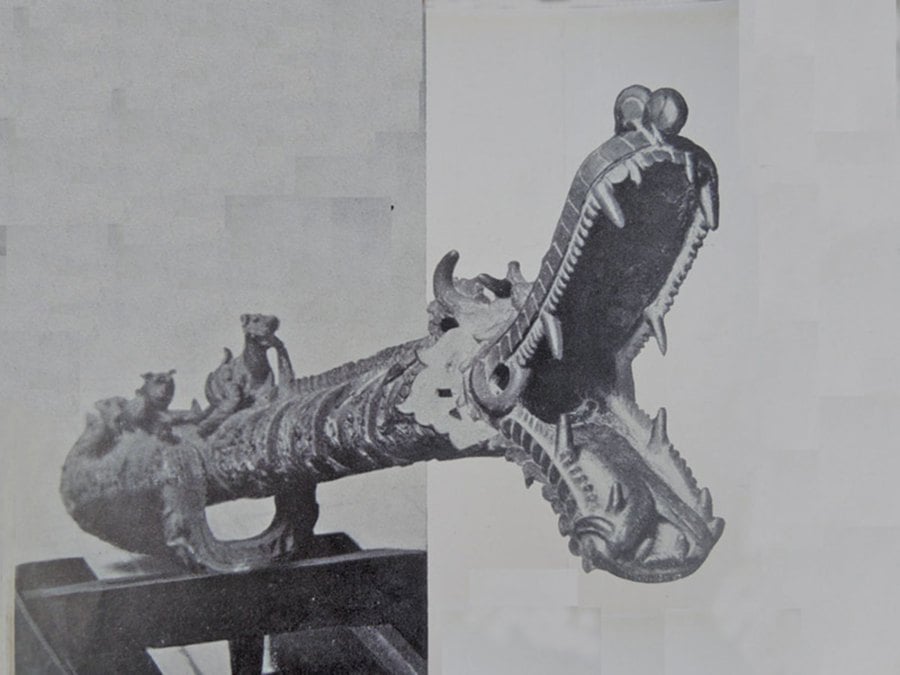
EFFECTIVE SIEGE MACHINES
Some 180 years after this incident, I stand at the Kota Kuala Kedah sea wall and try to envision the events that took place during that tumultuous time. Back then, the British navy had dispatched a flotilla, comprising the Hyacinth and three other heavily armed vessels, the Diamond, Pearl and Emerald, to patrol the coast from Kuala Kedah to Pulau Bunting in an attempt to disrupt Malay troops and the supply movement while awaiting the arrival of the Siamese.
The British and Siamese “cooperation” in subduing the Kedah forces came in light of the 1826 Burney Treaty which allowed the Siamese view of their rights over the northern Malayan state to prevail. In that same treaty, the British expressed their recognition that Kedah was a legitimate Siamese vassal state.
So formidable were the Malay cannons that even the arriving Siamese warships refused to venture too close to the fort. The blockade continued for several weeks until a force of 10,000 Siamese soldiers began moving southwards across the Kedah frontier. Their arrival struck chaos, panic and terror deep into the hearts of the people of Kedah. They knew that the Siamese forces would inflict a terrible retribution on Kedah and its people for attempting to seek independence from Bangkok.
Accounts from Osborn’s book, The Blockade Of Kedah In 1838: A Midshipman’s Exploits in Malayan Waters, throws light on the character of the Malay people as the author recounts his close interaction with his crew and also the Kedah Malays, with whom he was supposed to be at war. Osborn begins to build a deep respect for the Malays as he gradually learns their language and customs.
While Osborn noted the widespread use of cannons by the Kedah Malays, the exact date of when this local firepower was first used in Malaya is unknown.
Cannons were already in common use in Europe by the mid 14th century. During that same time the Arabs began using cannons as effective siege machines during their assaults on Spain. By the time Lopez D’Sequeira visited Melaka in 1509, the Malay sultanate was said to have around 8,000 pieces of this type of artillery in its possession.
After conquering Melaka in 1511, Alfonso D’Albuquerque reported that one third of the Malay cannons were made of iron while the rest were cast from brass. He was reported to have said that the workmanship of the cannons he confiscated couldn’t be excelled even back home in Portugal.
Among those captured by the Portuguese were large cannons or meriam. However, their numbers paled in comparison with the more common long pieces called lela.
A small lela only has a bore 2.5cm in diameter and uses fire slugs made of either lead or tin.
Most Malayan stockades, including the one at Kuala Kedah, would’ve been heavily armed with the lela as it was smaller, lighter and easily manoeuverable. Best of all, these lela cannons could be hoisted onto an elevated platform to increase their range and further deter enemy advancements.
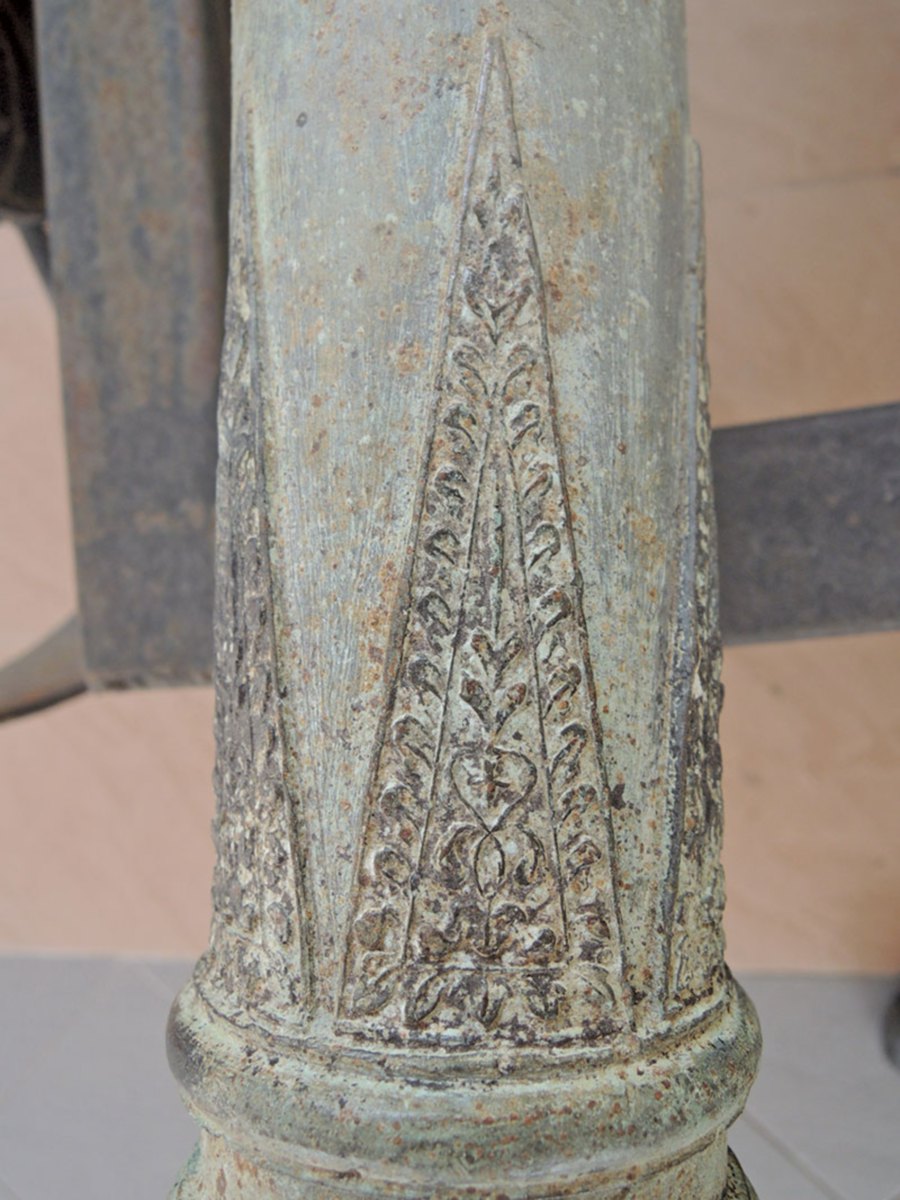
MEMORIES UNLOCKED
Today, Kota Kuala Kedah is the only surviving fort built by the Malays in the 18th century. In an attempt to ward off Siamese incursions, the ruling Kedah monarch at that time, Sultan Abdullah Mukurram Shah ordered a sturdier bastion to be built in 1771. This new fort, built with bricks, was erected on top of an earlier wooden Portuguese stockade said to be built in the 16th century.
Skilled masons from India set up a brick kiln in an area near Alor Star, which still maintains its name until today. Bricks from this place, aptly called Bakar Bata, were loaded on boats and transported along the Anak Bukit river towards the estuary where the fort is located. The mortar holding the bricks was said to be a mixture of sand, egg whites and honey.
As I begin my walk around the 0.8ha compound in the fort, recollections from Osborn’s book come flooding back to me.
Refugees from the surrounding countryside swarmed into the fort as the Siamese war machine, led by their formidable war elephants armed with swivel cannons affixed on their howdahs, laid waste to everything before them.
With the refugees came horrific stories of the cruelty inflicted by the Siamese forces.In his narration, Osborn describes how prisoners were stripped naked, with their hands tied behind their backs and had large pieces of fat lashed onto their heads. The prisoners were then forced into hollow tree trunks which were surrounded by a slow and steady fire. The refugees cringed in fear when they recall the blood-curdling shrieks and screams coming from the prisoners who were being cooked alive slowly.
The most chilling tale for Osborn was the gambling that took place when a pregnant Malay woman happened to be captured. The Siamese soldiers would place bets on the gender of the unborn child and then when all wagers had been placed, the unfortunate woman was gutted alive to determine the winner.
Peace only returned to Kedah many, many years later when the Siamese were satisfied that its vassal state was severely weakened and could no longer seek self-rule.
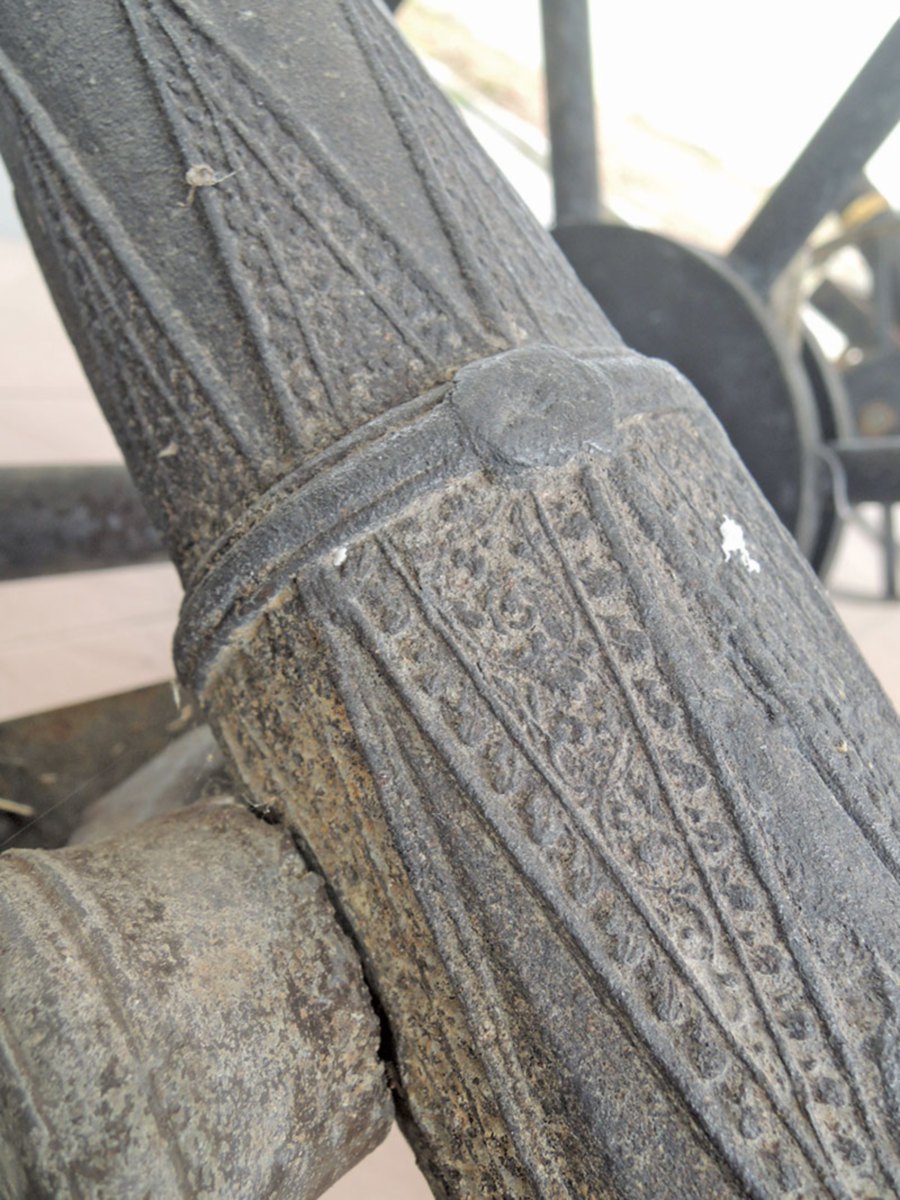
DOWRY
In addition to their role in the war, cannons were also used as currency in the past. In some states, these firearms could be used to pay fines and also form part the marriage dowry. In both these cases, differences in workmanship wouldn’t have changed the intrinsic value of the cannon. What mattered most was the value of the cannon’s metal content.
Furthermore, cannons are corrosion-proof and wouldn’t deteriorate when oxidised. Some people preferred to keep a cannon as a form of asset rather than buffaloes or cattle that might die instead of multiplying. Cannons also came in useful during feast days or festivals when a loud celebratory noise was called for.
Over time, cannons slowly outgrew their usefulness. The Japanese Occupation and the return of the British in late 1945 saw many cannon owners selling their prized possessions to scrap metal dealers. The recycled metal was then used as material to create smaller items which were more popular and saleable at that time, such as gongs and candlesticks.
As I prepare to leave Kota Kuala Kedah behind, I couldn’t help thinking about its grim past. I truly hope that this place would never again have to witness such atrocities. The grounds of the fort must be held sacred in remembrance of the brave Malay warriors who’d laid down their lives to fight for the freedom of their beloved homeland.


